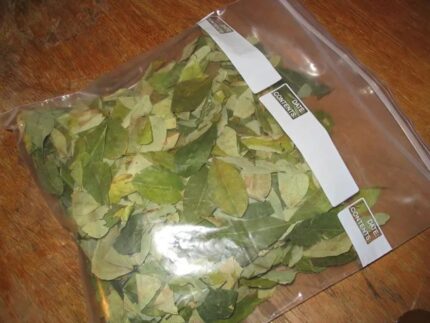
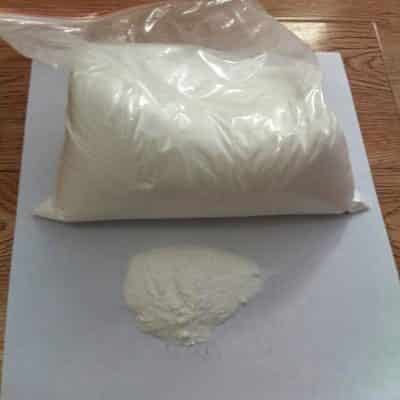
HU-210
$499.00 – $999.00Price range: $499.00 through $999.00
HU-210 is a synthetic cannabinoid that was discover around 1988 in the group of Dr Raphael Mechoulam at the Hebrew University.
Buy HU-210 Online
HU-210 is 100 to 800 times more potent than natural THC from cannabis and has an extended duration of action. HU-210 is the (+)-1,1-dimethylheptyl analog of 7-hydroxy-delta-6-tetrahydrocannabinol. The abbreviation HU stands for Hebrew University.
HU-210 Dosage
HU-210 with daily high doses over a few weeks stimulates neural growth in rats’ hippocampus region, the opposite effect of drugs like alcohol, nicotine, heroin, and cocaine.
It was also indicate by this increased neural growth to entail antianxiety and antidepressant effects.
HU-210, along side WIN 55,212-2 and JWH-133, is implicated in preventing the inflammation caused by Amyloid beta proteins involved in Alzheimer’s Disease, in addition to preventing cognitive impairment and loss of neuronal markers.
This anti-inflammatory action is induce through the agonization of cannabinoid receptors which prevents microglial activation that elicits the inflammation.
Additionally, cannabinoids completely abolish neurotoxicity related to microglia activation in rat models.
HU-210 is a potent analgesic with many of the same effects as natural THC. This means that HU-210 could potentially be used in medicine as an alternative to medical marijuana,
However its much stronger and longer lasting effects compared to those of THC could make appropriate titration of dosage difficult.
Also because HU-210 is a CB1 full agonist as opposed to THC which is a partial agonist,
The sedative effects of HU-210 are much more prominent, meaning that while fatal overdoses of THC.
Itself are virtually impossible, they would be possible with HU-210.
Effect of HU- 210
HU-210 block beta-amyloid peptide-induced activation of cultured microglial cells, as judged by mitochondrial activity.
The cell morphology, and tumor necrosis factor-alpha release; these effects are independent of the antioxidant action of cannabinoid compounds and are also exert by a CB2-selective agonist.
HU-210 induced a spatial deficit in the water a reference memory task in numerous parameters together with alterations in hippocampal firing patterns.
| Quantity |
100g ,250g ,500g |
|---|

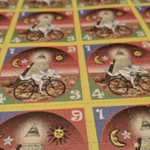
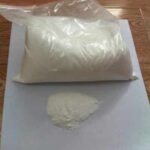

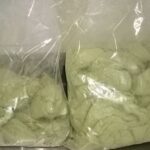
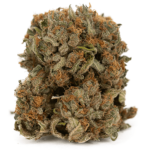
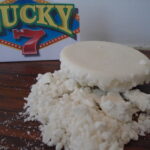

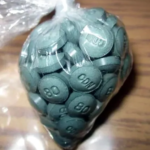
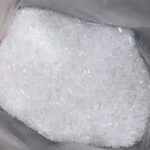

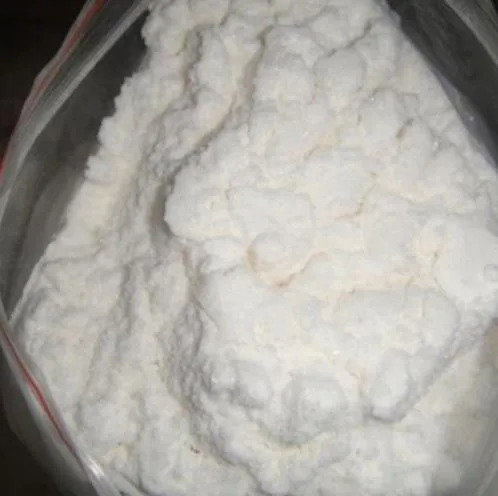
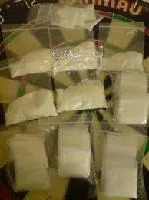
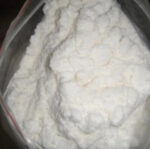

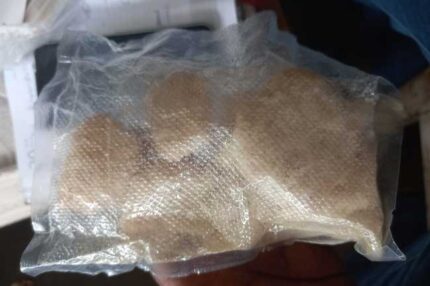

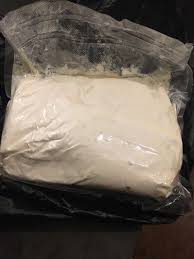


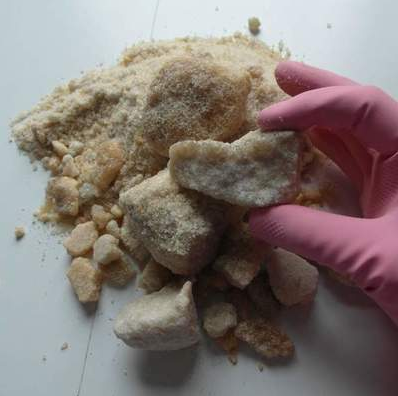
Reviews
There are no reviews yet.